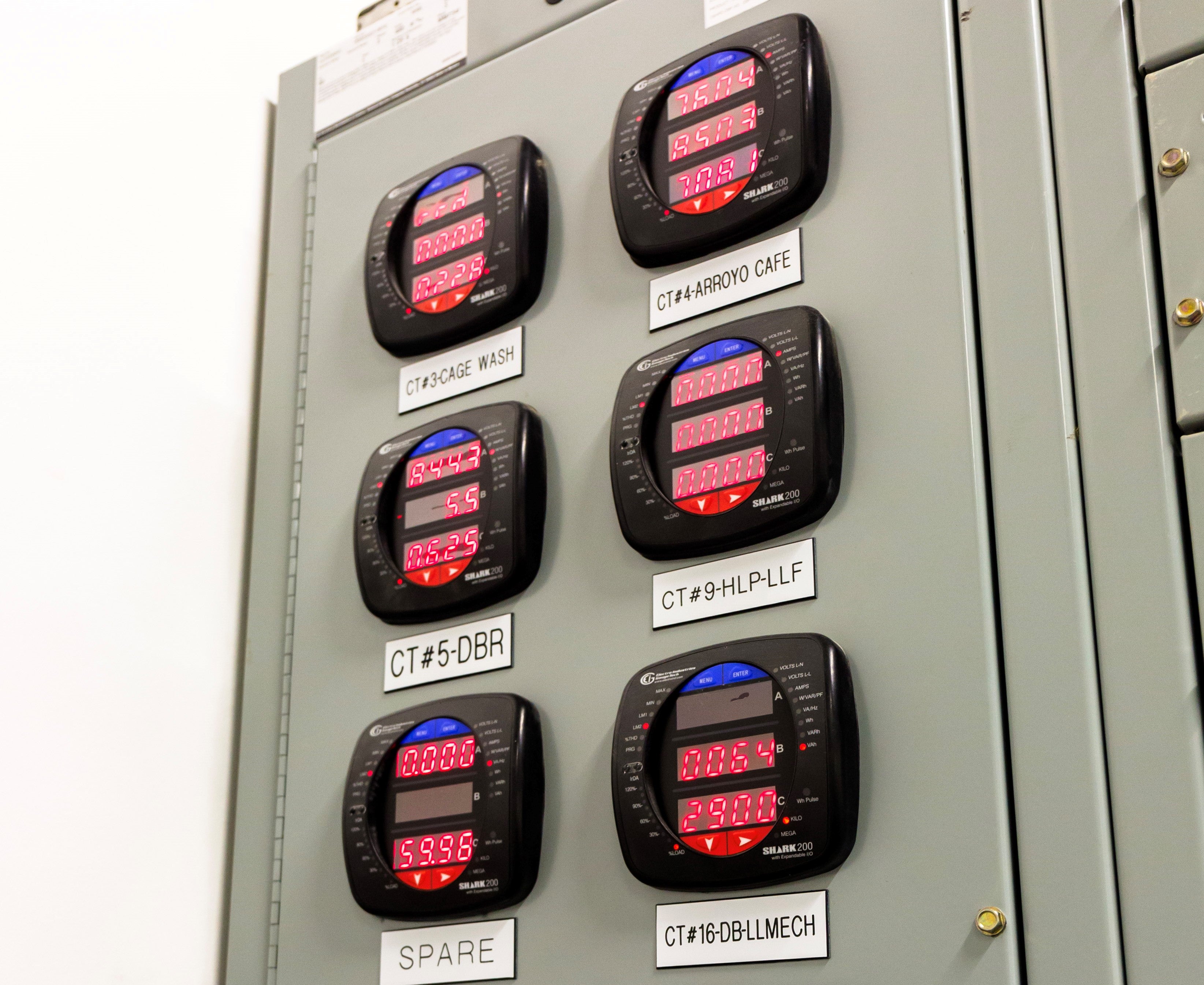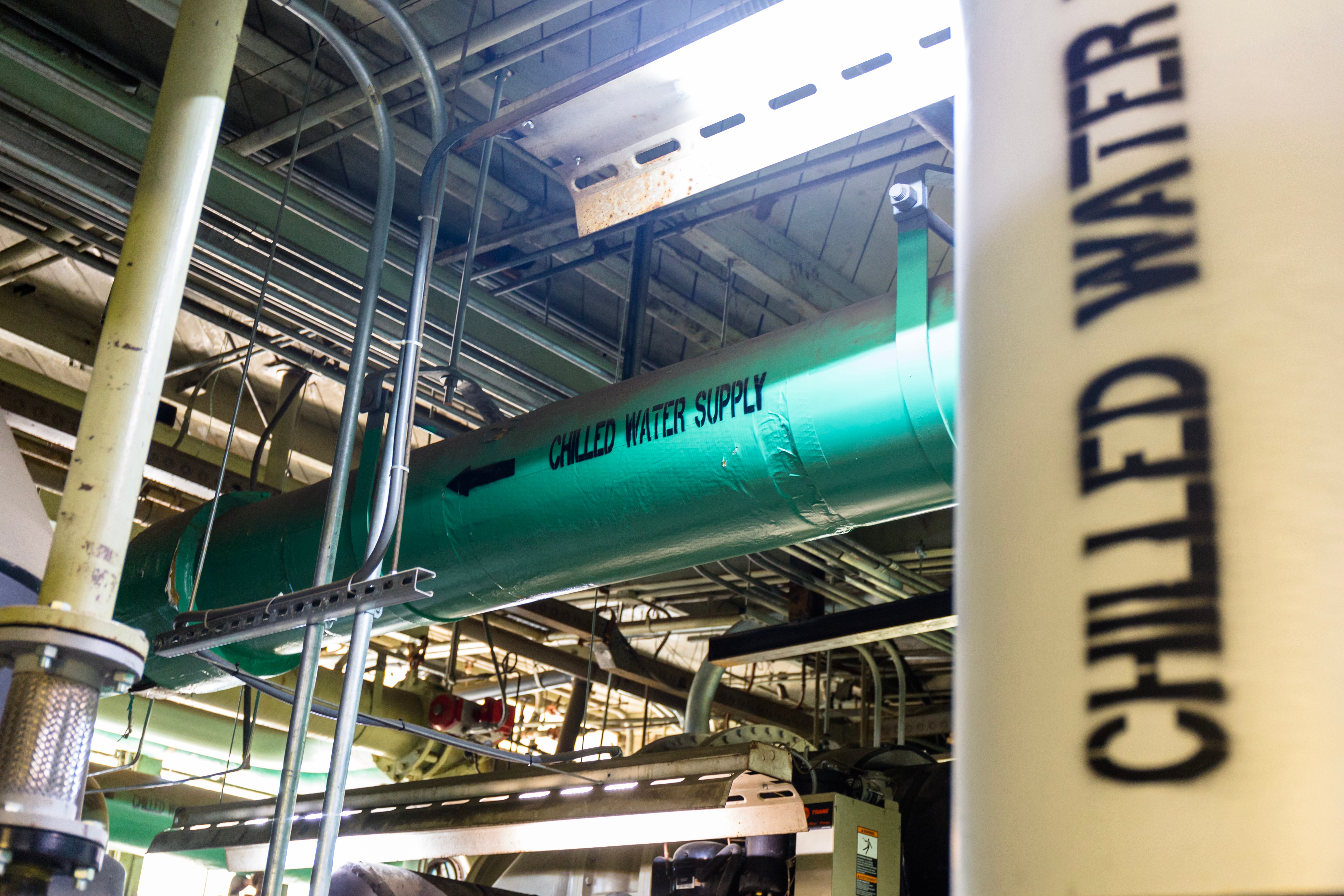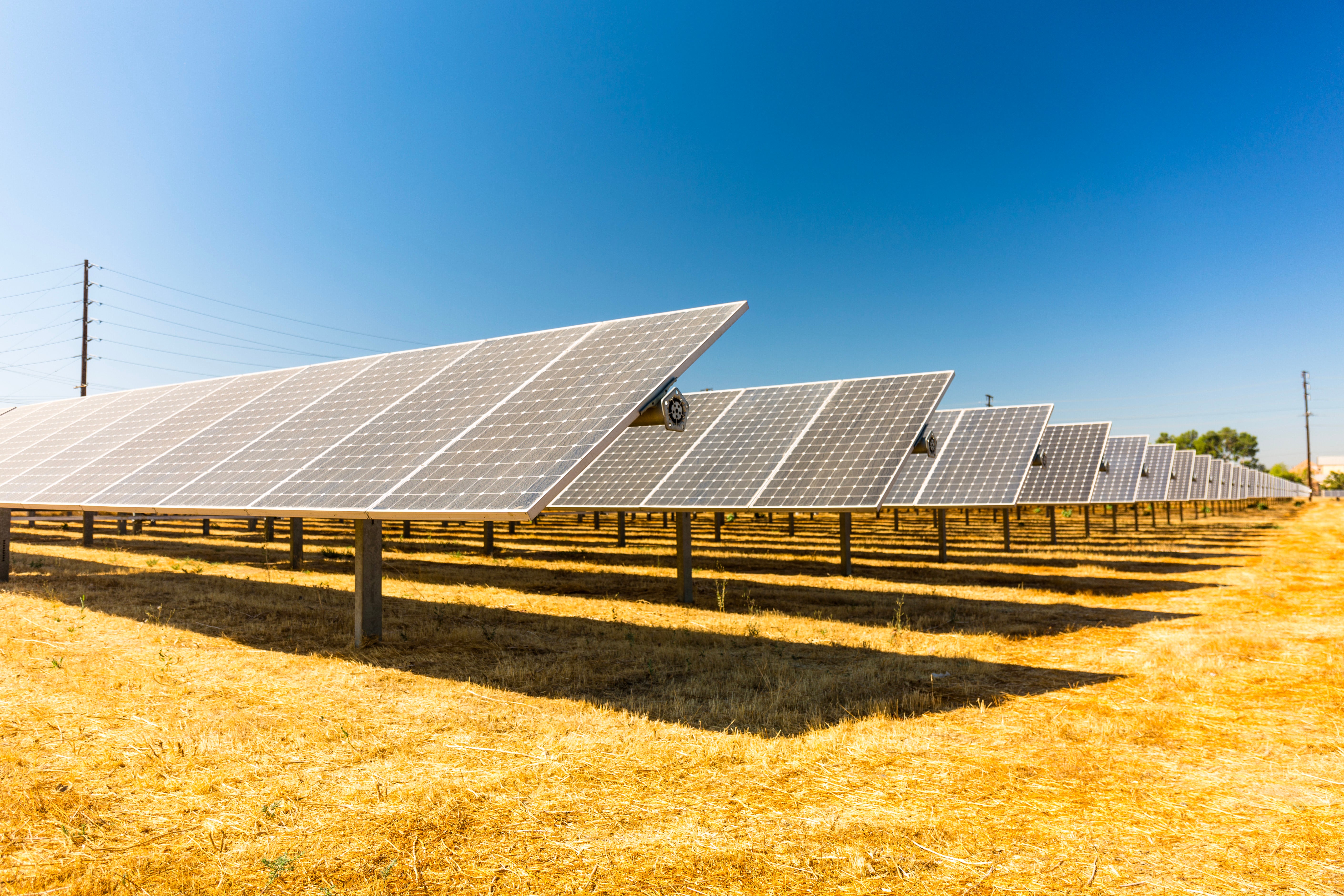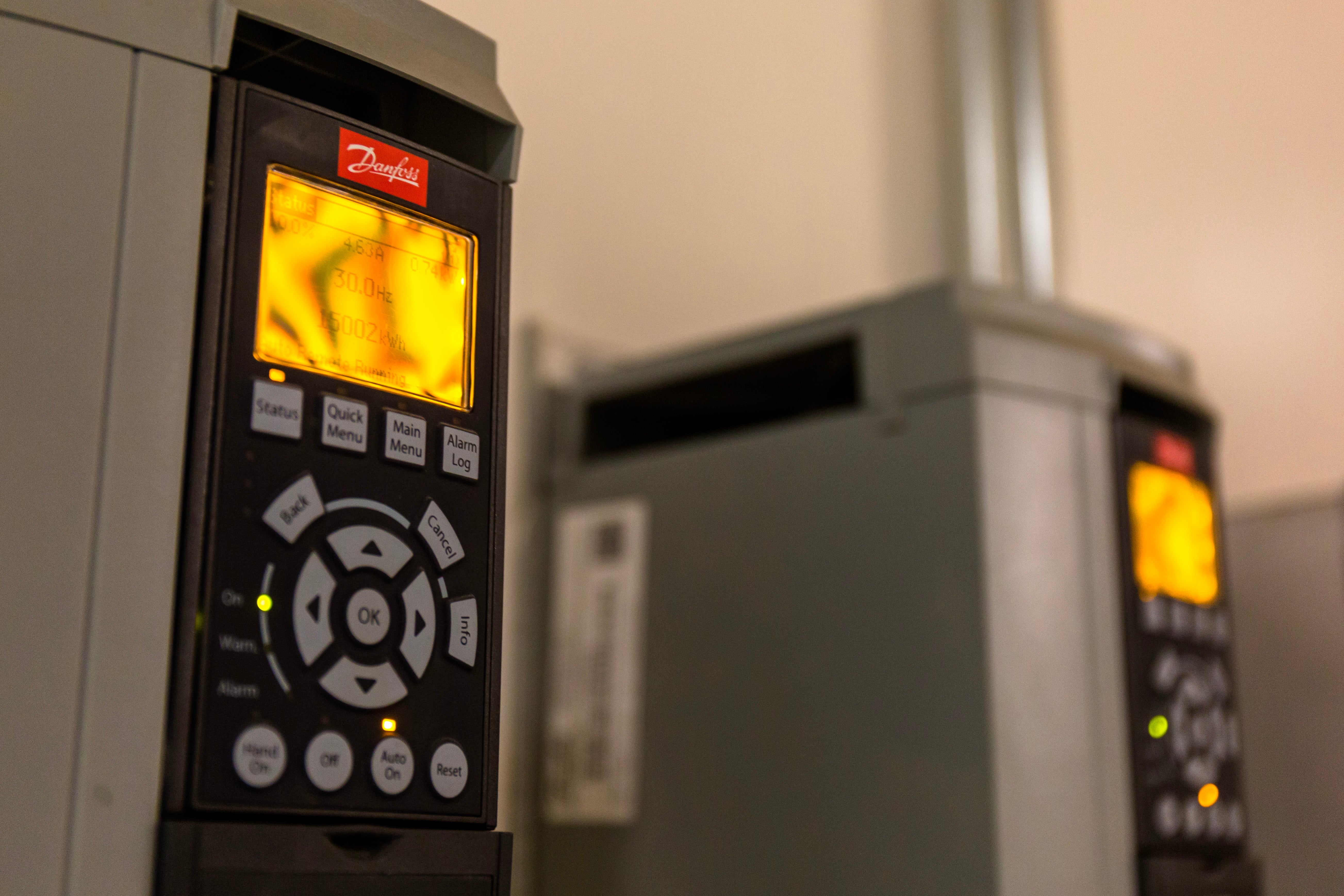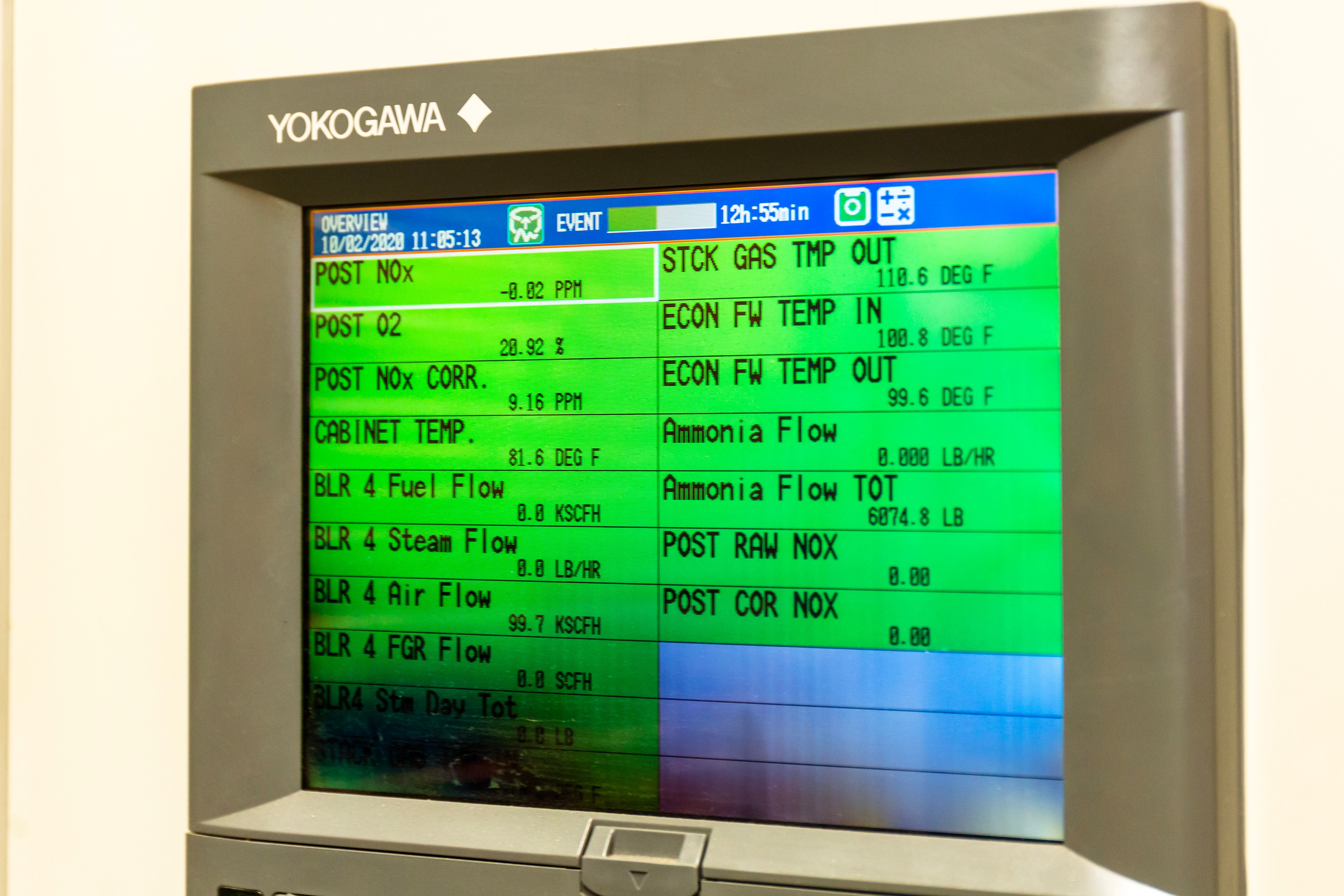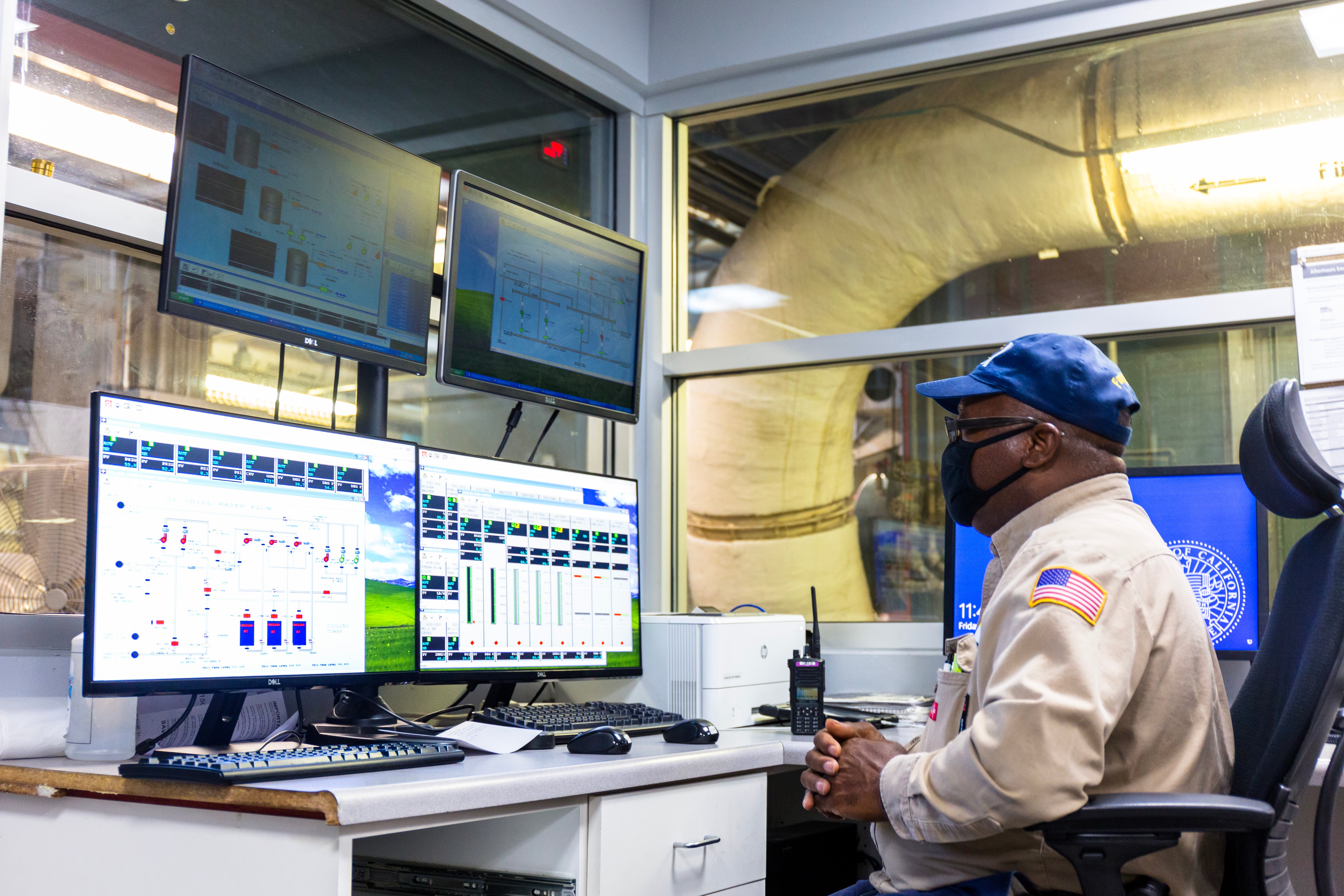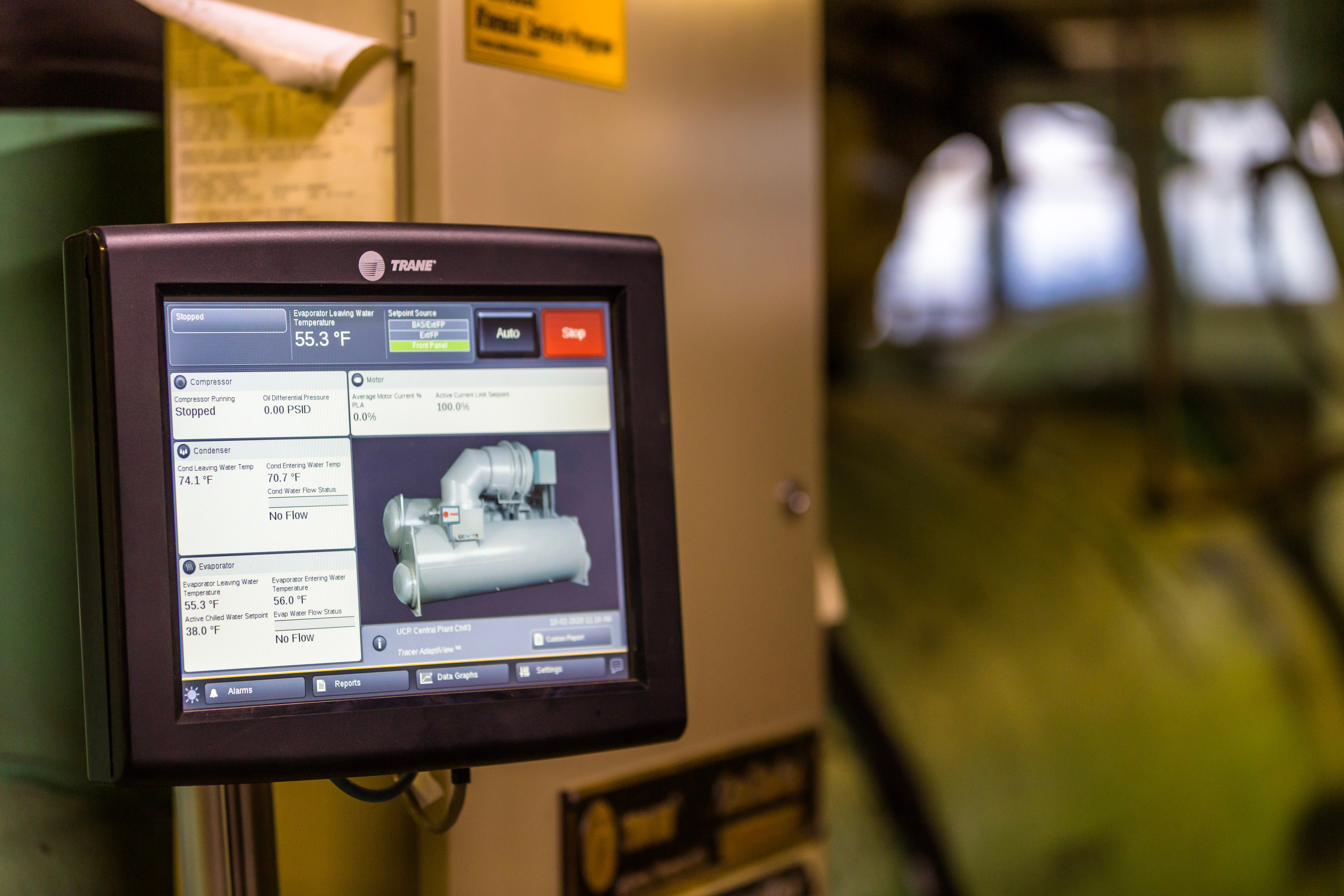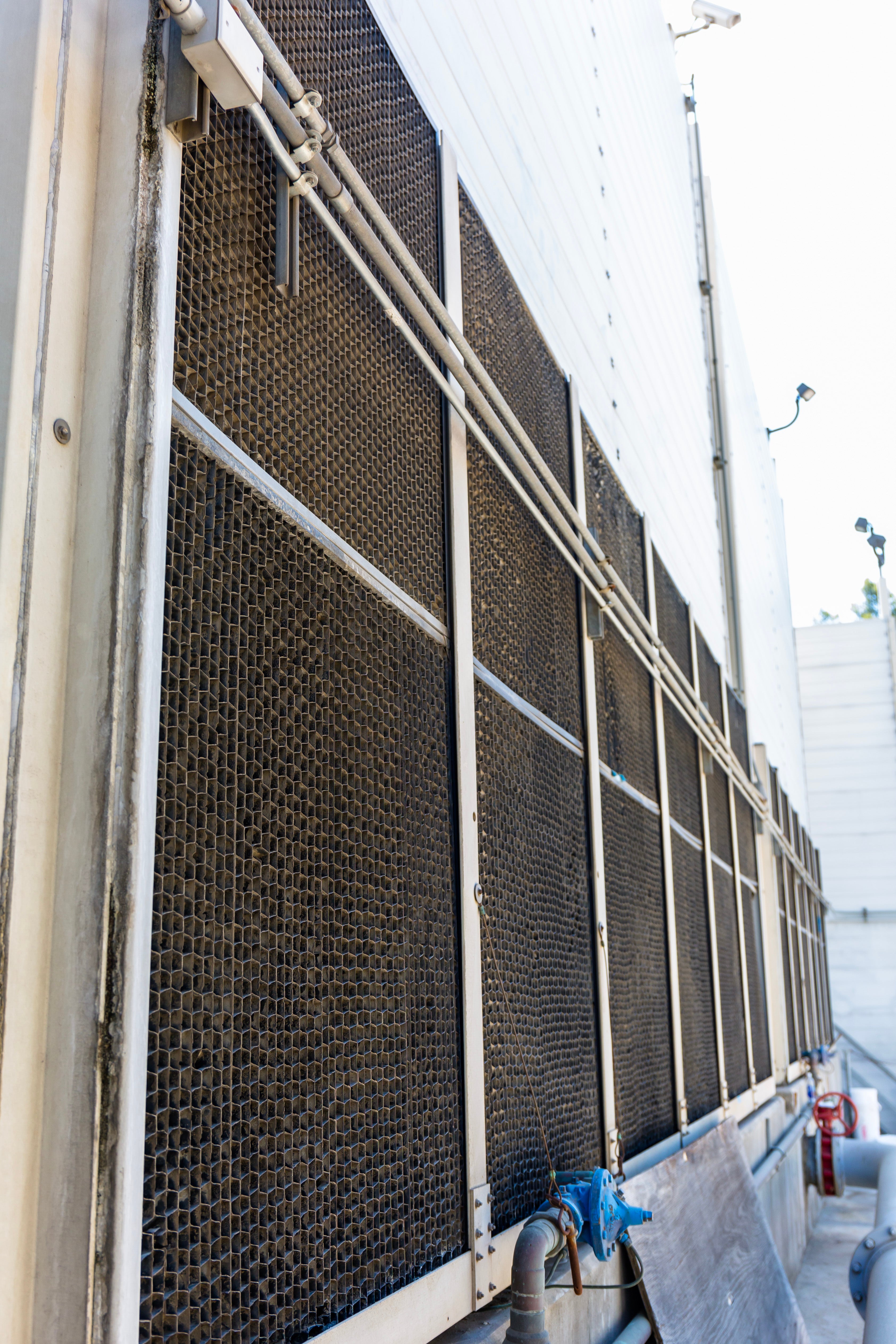How Things Work
The Basics of Energy Efficiency and Energy Management
Smart Metering
The Energy & Engineering team has committed to installing and upgrading energy and utility meters to smart-metering devices and systems throughout the campus. Monitoring buildings, systems, and equipment plays an important role in energy management and allows for benchmarking and determining baselines to further reduce energy and reach energy efficiency goals. These metering systems allow the energy team to determine exact energy use, power demand and allow capturing of overall behavior of the building. Smart-metering systems can provide alarms and notifications which promotes preventative and predictive maintenance and overall support of facilities operations.
Chillers
Chillers are large industrial equipment that use the principles of refrigeration to remove heat where it is not needed and transferring it elsewhere throughout the system. To put it simply, chillers are HVAC equipment which act as a source of cooling to buildings. With five chillers with a total rated capacity of 6,255 tons located at the central plant, three thermal energy storage (TES) tanks with a total capacity of 6.9 million gallons, and an additional 6,000 tons of chiller capacity located at the satellite chiller plant, the chillers supply chilled water through a chilled water loop system connected to the core campus.
Boilers
The campus' Central Plant has four steam boilers capable of producing 150,000 lbs/hr of steam at 85 psi. The boilers use natural gas to convert this fuel type to a more useful form of energy such as steam. This steam is then sent throughout the campus to provide space heat and process heat. As part of the 2025 carbon neutrality initiative, the campus promotes and implements electric hot water boiler systems for new construction buildings and no longer expands the steam system to new buildings. As of 2021, new piping insulation was installed on the steam distribution system to increase energy efficiency and reduce natural gas used by the boilers.
Solar Panels
With three major solar PV systems onsite with a combined system capacity of 7.5 MW, one off-site PV system with a capacity of 0.5 MW, two solar rooftop systems with a combined capacity of 0.473 MW and another currently underway, UC Riverside is committed to providing the campus with reliable and efficient renewable energy. These solar PV systems generate energy and help reduce and offset overall energy usage for the campus.
Control Systems/Automation
Control systems play an important role for energy management, energy efficiency and overall facilities operations. A control system regulates, governs, and manages information and data. The data from devices, sensors, controllers, instrumentation and equipment pass through these systems in the form of control loops, logic, and informational feedback. From lighting systems to building HVAC to chiller operations, UC Riverside incorporates controls and building automation at the Central Plant and campus buildings. Johnson Metasys, Alerton, Siemens, and Yokogawa are a few of the various control systems throughout the campus.
Thermal Energy Storage (TES) Tanks
Three Thermal Energy Storage (TES) tanks are incorporated into UCR's Chilled water loop in order to reduce costs during On-Peak electrical demand hours. The campus' TES tanks are filled up with 6.9 million gallons of chilled water by the chillers at the Central Utility Plant and the Satellite Chiller plant during RPU's Off-Peak hours. This process is known as "Charging the Tanks". The chilled water remains in the TES tanks until On-Peak hours begin, then the chilled water enters the chilled water loop throughout the campus and the chillers are turned off. UCR's TES tanks are mostly underground in order to help insulate the chilled water before it is discharged to campus.
Cooling Towers
There are a total of eight cooling towers on the UCR campus. Five sit at the Central Plant and three sit at the Satellite Chiller Plant. The central plant has five cooling towers rejecting heat from the chillers. Each chiller has a tower cell serving it, and tower cells can be valved to serve different chillers. The cooling towers have two-speed motors and are manually controlled. The cooling tower fans are 75 HP. When a chiller is operating, a cooling tower cell operates to reject heat from the chiller. Plant operators receive a low condenser water temperature alarm when the condensing water temperature is 69 degrees F, and a high condenser water temperature alarm when the condensing water temperature is 80 degrees F. When the condenser water is too cool, plant operators will switch the cooling tower fan to low speed, and when it is too warm, plant operators will switch the cooling tower fan to high speed. The cooling towers operate approximately 3,847 hours per year.
